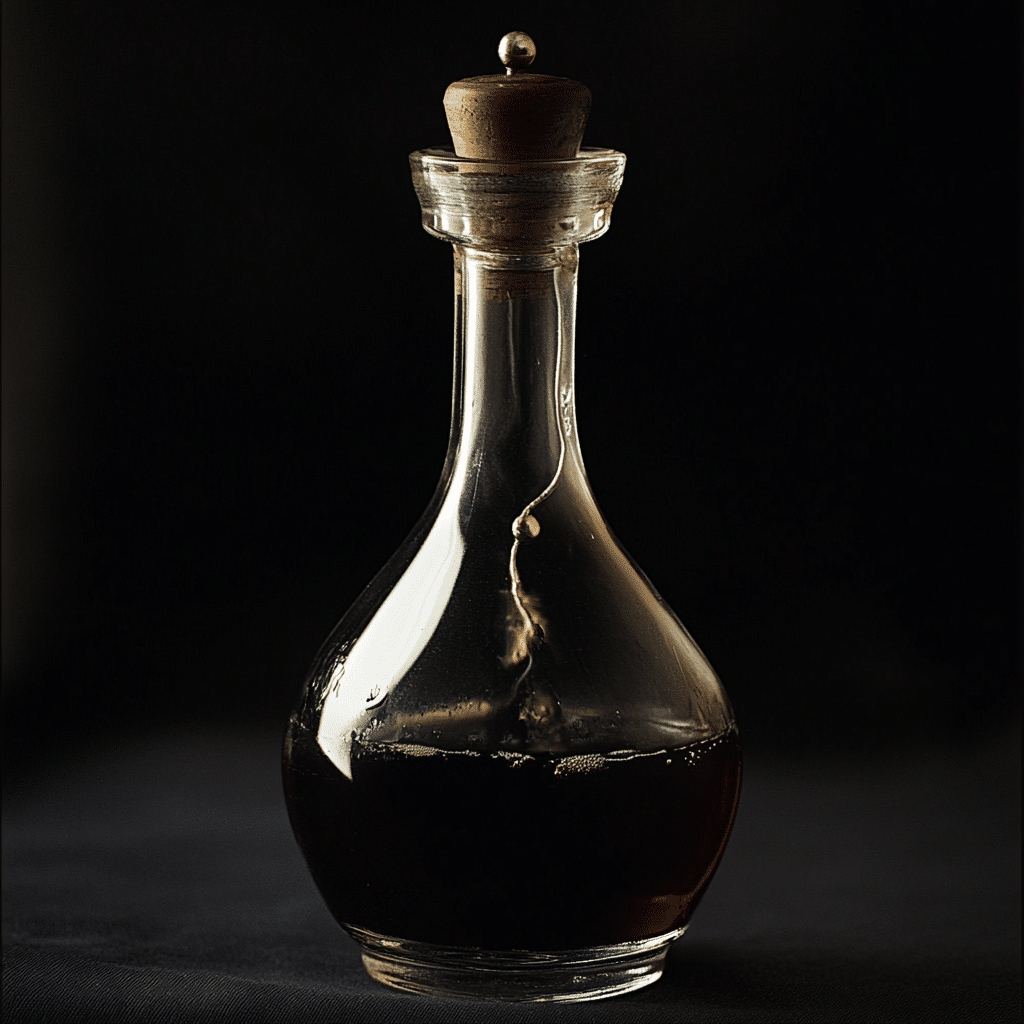Exploring the Delights of Moscato Dasti
When you think about exceptional wines, Moscato d’Asti often rises to the top, and for good reason. This semi-sweet, gently sparkling wine has captivated hearts around the globe, especially with its charming origins in the beautiful hills of Piedmont, Italy. Its allure lies in the unique grape varietal, Muscat, believed to be one of the oldest cultivated grapes, with roots tracing all the way back to the ancient Romans. Join me as we dive deep into the world of Moscato d’Asti, uncovering its historical journey, tasting the finest selections of 2024, and exploring why this sweet sparkling gem should be on your radar.
Discovering Moscato d’Asti: A Glimpse into Its Origins
Moscato d’Asti doesn’t just pop up on shelves; it has a rich history. The grape has grown in the Piedmont region for centuries, nurtured by local families who recognized its potential. Over the years, the wine evolved from a homemade delight to a prominent figure in the wine industry. The production methods have been refined, but the heart and soul remain tied to the region’s traditions.
What sets Moscato d’Asti apart from its cousin, Asti Spumante? For starters, Moscato d’Asti is semi-sweet, lower in alcohol, and lightly sparkling, whereas Asti Spumante is fully sparkling and drier. The former can cling to the palate like a beloved secret, while the latter dances on your tongue with every sip.
Vintners in Piedmont have skillfully embraced the diverse terroirs — the mix of clay and limestone gives Moscato d’Asti its minerality, a delightful touch that enhances the wine’s flavor. And let’s not forget the cooling breezes from the Alps that help maintain necessary acidity. It’s a natural marvel in every glass!

Top 5 Moscato d’Asti Wines You Should Try in 2024
Looking to embrace the beauty of Moscato d’Asti? Here are five standout selections you absolutely must try this year:
The 2020 vintage of Vietti stands tall with vibrant floral notes, peach, and apricot on the palate. This wine dances perfectly around the balance of sweetness and acidity, making it a delightful choice for your next dessert or even as an aperitif.
Giacosa Fratelli’s 2021 blend will take you on a delightful journey with its orange blossom and zesty citrus fragrance, naturally followed by a light fizz that refreshes. This sweet gem pairs beautifully with spicy Asian cuisine, elevating simpler meals to a whole new level.
If you’re looking for creamy textures, look no further than Castello del Poggio. This Moscato offers luxurious notes of honey and pear, perfect for brunch or dessert, thanks to its low alcohol content.
The 2019 vintage of La Spinetta is layered with tropical fruits that linger, making it a great conversation starter at any gathering! Its mineral qualities echo the terroir, connecting you to the heart of Piedmont.
Renowned for its quality, Pio Cesare marries freshness with richness in a sweet aromatic profile filled with floral and stone fruit notes. This delightful Moscato is perfect with creamy cheeses or fruit pastries, making it an excellent choice for festive gatherings.
The Unique Features of Moscato d’Asti: What Sets It Apart?
Moscato d’Asti is more than just a sweet wine; it’s a product of crafted techniques that shape its exceptional character. The Asti method of fermentation maintains a low alcohol content, usually in the 5-6% range. This balanced nature allows the wine to shine, showcasing its sweetness without overwhelming the palate.
A typical bottle of Moscato d’Asti could have around 100–150 g/L of residual sugar – to give you a perspective, that’s slightly sweeter than a can of Coke! However, the gentle fizz and low alcohol make it a light, refreshing sip, far from the cloying sweetness you might expect.
What truly elevates Moscato d’Asti is the natural sugar combined with antioxidants like resveratrol. These elements not only provide you with that delightful buzz but also offer potential health benefits. So, you can toast to a fantastic evening while giving a nod to heart health. How cool is that?

Pairing Moscato d’Asti: Balancing Sweetness and Flavor
Pairing Moscato d’Asti can be an enlightening experience. Its sweetness and effervescence create remarkable pairing possibilities. Here are expert recommendations to get you started:
Pair these matches with enthusiasm, and you’ll find the possibilities are endless.
The Future of Moscato d’Asti: Trends and Innovations
Moscato d’Asti is definitely on the rise! As more wine enthusiasts develop a taste for lighter, sweeter wines, its popularity is set to soar. Current trends indicate a growing interest in organic and biodynamic practices among winemakers, especially producers like La Giustiniana who are keen on sustainability.
We’re also seeing innovations in packaging – think eco-friendly bottles and canned versions of Moscato d’Asti hitting the market. This reflects a modern wine-drinking culture that values not just taste but also convenience and sustainability.
As consumers become more adventurous and conscious about their choices, Moscato d’Asti is ready to take its rightful place in wine culture. So, keep your eyes peeled!
Celebrating Moscato d’Asti: Festivals and Community Events
The vibrant culture surrounding Moscato d’Asti shines through in the numerous festivals and events held in Piedmont, like the Asti Wine Festival. These community gatherings foster pride as locals showcase the region’s best wines, allowing for direct interactions with winemakers.
Attending such festivals is a fantastic way to deepen your appreciation for this sparkling gem. You get to savor various nuances while connecting with passionate producers who are devoted to their craft.
In conclusion, Moscato d’Asti encapsulates a brilliant blend of history, passion, and innovation. This isn’t just a sweet sparkling wine; it’s a testament to the beautiful Piedmont region’s spirit. So, the next time you pour a glass, take a moment to enjoy not just the sip of sweetness but also the journey it took to get there. Cheers to exploring the sweet sparkles of Moscato d’Asti!
Moscato d’Asti: The Sweet Sparkling Gem of Piedmont
A Flavorful Legacy
Moscato d’Asti, often hailed for its light, sweet fizz, has been enchanting palates for centuries. Originating from the rolling hills of Piedmont, this wine isn’t just a treat for the taste buds; it also has a rich tapestry of history. Did you know that this delightful beverage is produced from the Muscat grape, which dates back thousands of years? Its sweet profile has made it a favorite not just in Italy but globally, especially among those who enjoy a lighter wine. Speaking of sweetness, it’s like finding those popular Imagine dragons Songs that just hit the right notes—catchy and memorable!
A Unique Production Process
What sets Moscato d’Asti apart from others is the captivating way it’s made. The fermentation process is stopped early, which preserves the natural sugars and results in a low alcohol content, usually around 5-7%. This sparkling gem is often compared to drinks like champagne, but without the heavy finesse. It’s a little like figuring out how to replace an AirTag battery; both require a bit of know-how but promise delightful outcomes. When popped open, Moscato d’Asti welcomes you with florals and stone fruits—a party in a glass!
Fun Facts and Tidbits
Now, let’s dive into some fun pieces of trivia! Did you know that Moscato d’Asti pairs beautifully with desserts, making it a go-to for celebratory situations? Imagine sipping it while enjoying delightful pastries or even dishes like spicy Asian cuisine. It’s a versatile wine that can elevate any meal. And just like how Amy Stiller lights up the screen with her charm, this wine brings a sparkle to so many gatherings.
Speaking of gatherings, whether you’re chilling with friends or hosting a fancy dinner, Moscato d’Asti fits right in. Its appealing character is almost reminiscent of the vibe you get when you watch classic performances, like those by David Denman in movies and TV shows—always engaging! So next time you pop open a bottle, remember, you’re not just drinking wine, you’re partaking in a piece of Italian heritage that has stood the test of time, all while enjoying life’s sweeter moments. Don’t forget to raise that glass, just like you would with a good coffee cart in tow. Cheers!

Is Moscato D Asti dry or sweet?
Moscato d’Asti is primarily sweet, offering a pleasing balance with a light, fizzy quality, making it quite enjoyable.
What is the difference between Moscato and Moscato D Asti?
The main difference between Moscato and Moscato d’Asti is that Moscato generally refers to the grape, while Moscato d’Asti specifically is a semi-sweet sparkling wine made from the Moscato bianco grape in the Asti region.
Why is Moscato d Asti so good?
Moscato d’Asti is loved for its delightful sweetness, low alcohol content, and light effervescence, plus its unique flavors of grape juice, vine peaches, and elderberry, which make it very refreshing.
When to drink Moscato d’Asti?
It’s perfect to enjoy Moscato d’Asti any time, but it shines especially during brunch, with desserts, or alongside spicy dishes for a nice contrast.
Does Moscato get you drunk?
Moscato can give you a buzz, but since it’s low in alcohol, you’d need to drink quite a bit to feel tipsy.
Does Moscato d Asti need to be chilled?
Chilling Moscato d’Asti is definitely a good idea; it enhances its refreshing qualities and makes it even more enjoyable.
Is Moscato considered cheap wine?
While Moscato d’Asti isn’t the priciest wine out there, it’s often seen as an affordable treat that offers great flavor for its cost.
How do you enjoy Moscato d Asti?
To enjoy Moscato d’Asti, try sipping it chilled on its own, or pair it with food like spicy dishes or light desserts to really enhance your experience.
What does d’Asti mean in Italian?
In Italian, “d’Asti” refers to the region of Asti, where this delightful wine is produced, adding to its local charm and heritage.
Does Moscato d Asti go bad?
Like most wines, Moscato d’Asti can eventually go bad if left open for too long, but it can be enjoyed over several days if stored properly in the fridge.
Is Moscato D Asti good for mimosas?
Moscato d’Asti is a fantastic choice for mimosas, adding a sweet bubbly twist to the classic brunch cocktail.
What is the sweetest wine?
The sweetest wine can be subjective, but many consider styles like Moscato or other dessert wines to be among the sweetest options available.
What does Moscato d Asti pair with?
Moscato d’Asti pairs wonderfully with desserts, spicy dishes, salads, or even enjoyed by itself on a sunny day.
Is it better to drink Moscato cold or warm?
Moscato d’Asti is best served cold, as the chill enhances its refreshing qualities and balances the sweetness.
Which is sweeter Moscato or Moscato d Asti?
Moscato is generally sweeter than Moscato d’Asti, with the latter being semi-sweet but still refreshing.
Is Prosecco or Moscato d Asti sweeter?
Prosecco tends to be on the drier side compared to Moscato d’Asti, which is recognized for its sweeter profile.
Is Moscato D Asti good for mimosas?
Moscato d’Asti is indeed a great choice for mimosas, thanks to its sweetness and bubbly character.
Can Moscato be dry?
While most Moscato wines are sweet, some varieties can be made in a dryer style, but they still retain some of that fruity charm.
How do you enjoy Moscato d Asti?
You can enjoy Moscato d’Asti simply by sipping it chilled, but don’t hesitate to experiment by pairing it with different foods or using it in cocktails for a fun twist.





















